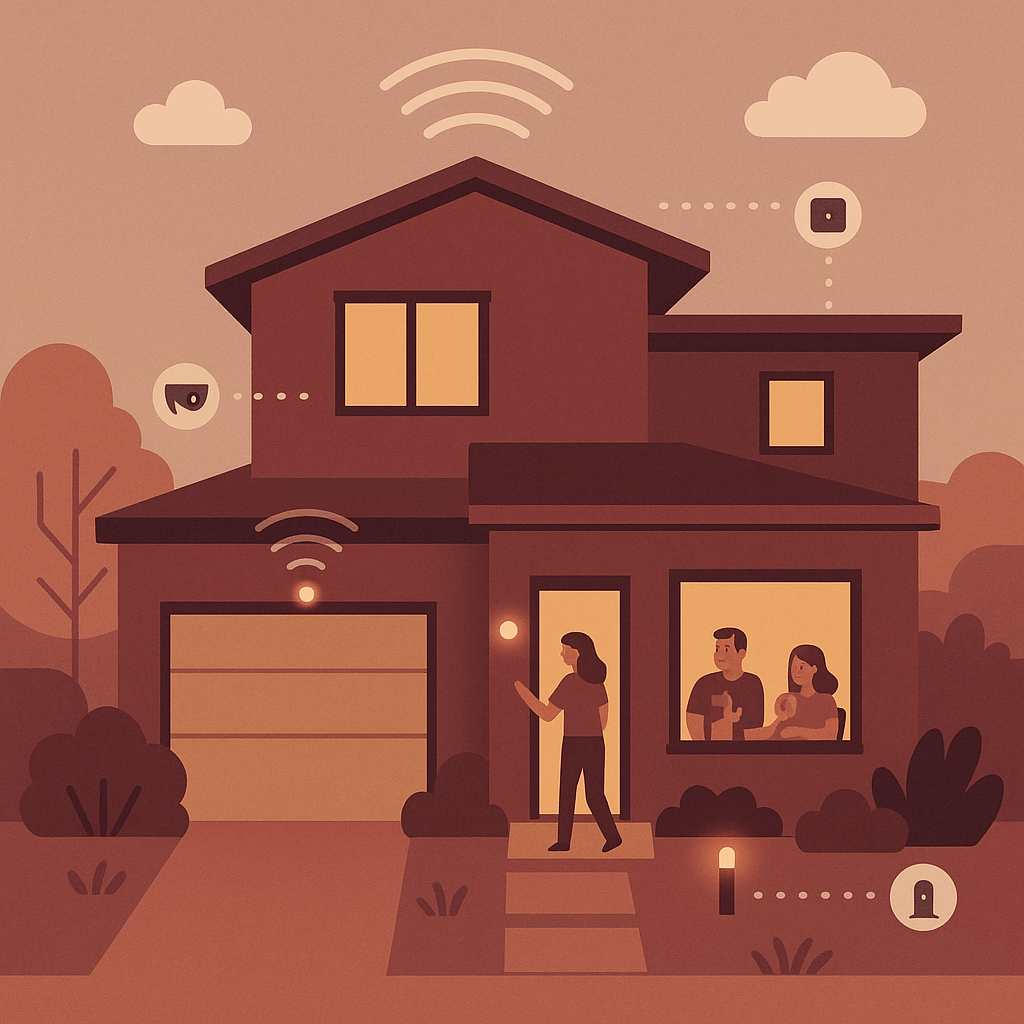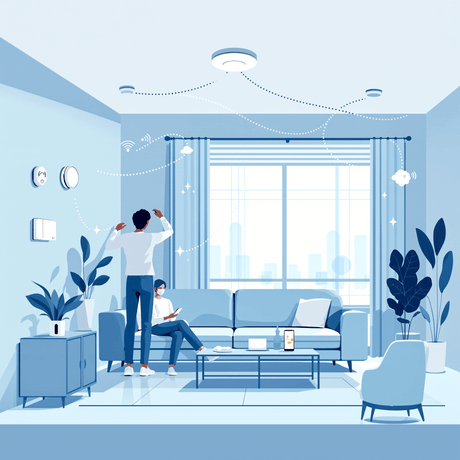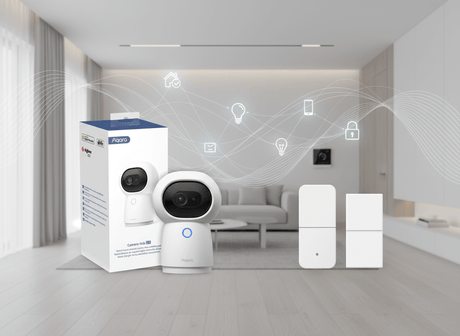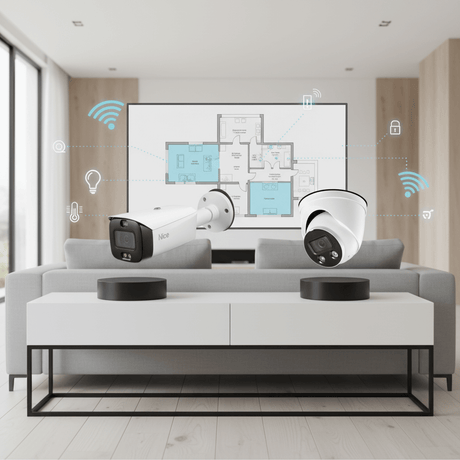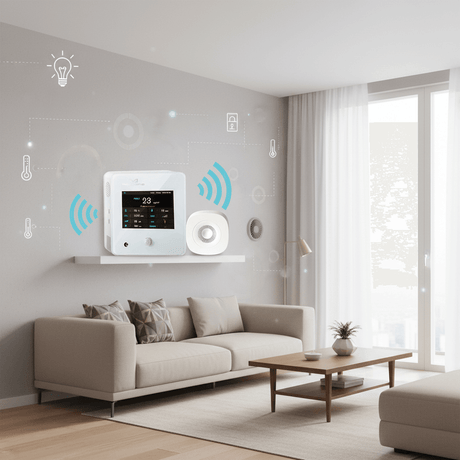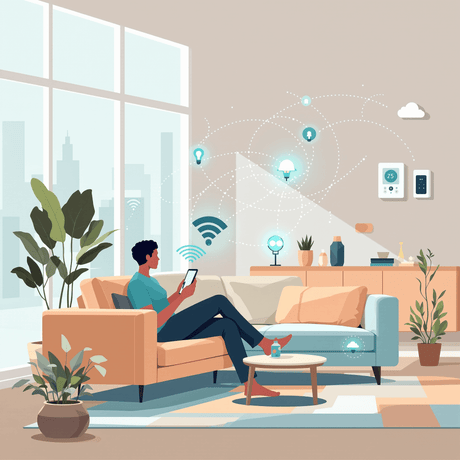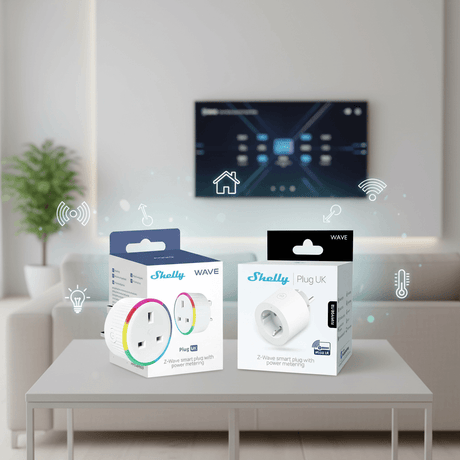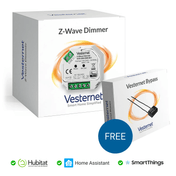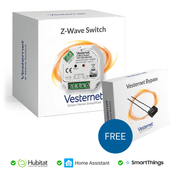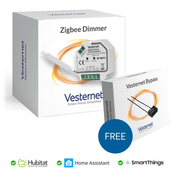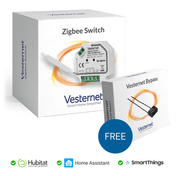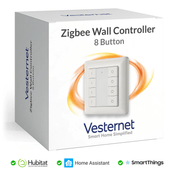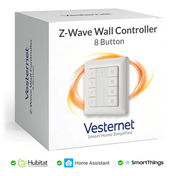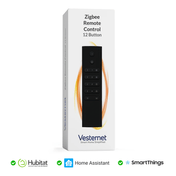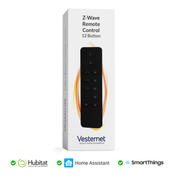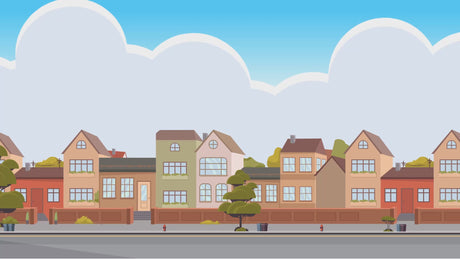Modern home security faces unprecedented challenges as break-ins affect over 2.5 million properties annually in the UK, with traditional alarm systems proving inadequate against increasingly sophisticated threats. Conventional security measures often rely on reactive responses and basic detection, leaving homeowners vulnerable to security breaches that could be prevented through proactive monitoring and intelligent automation. Today's connected world demands a more sophisticated approach to protecting our homes and families.
Smart home and security systems represent a revolutionary shift from reactive to proactive protection, offering comprehensive monitoring solutions that adapt to your lifestyle whilst providing real-time alerts and automated responses. These intelligent systems create multiple layers of defence through interconnected devices that communicate seamlessly, delivering enhanced protection alongside unprecedented convenience and peace of mind for modern homeowners.

This comprehensive guide will equip you with the knowledge to confidently plan, implement, and optimise a secure smart home system tailored to your specific needs. From understanding fundamental concepts through advanced implementation strategies, you'll discover how to transform your property into an intelligent fortress that protects what matters most whilst integrating seamlessly into your daily routine.
Understanding Smart Home Security Fundamentals
Smart security systems fundamentally differ from traditional alarms by creating an interconnected network of intelligent devices that communicate continuously, share data, and respond automatically to security events. Unlike conventional systems that simply sound an alarm when triggered, smart home and security solutions analyse patterns, learn from your routines, and provide contextual responses that minimise false alarms whilst maximising protection effectiveness.

Core components of smart security architecture:
- Sensor networks that detect motion, entry, and environmental changes
- Communication protocols like Zigbee and Z-Wave for reliable device connectivity
- Central controllers that process information and coordinate responses
- Mobile connectivity for real-time alerts and remote system management
These interconnected elements work together to create layered protection that adapts to your home's unique layout and your family's patterns, providing intelligent monitoring solutions that traditional systems simply cannot match through their reactive, single-point-of-failure approach.
Essential Security Device Categories and Their Functions
Motion detectors form the backbone of any secure smart home system, utilising advanced PIR (passive infrared) technology to distinguish between genuine security threats and everyday movements like pets or environmental changes. These sophisticated sensors can be configured for specific detection zones, sensitivity levels, and time-based activation patterns to minimise false alarms whilst maintaining comprehensive coverage.
Door and window sensors provide critical perimeter protection by monitoring entry points and triggering immediate alerts when unexpected access occurs. Modern smart sensors offer tamper detection, low-battery warnings, and integration capabilities that enable automated responses such as activating cameras, adjusting lighting, or sending notifications to your mobile device.
Essential smart protection devices for comprehensive coverage:
- Smoke and heat detectors with instant smartphone notifications
- Security cameras with motion-activated recording and night vision
- Smart locks with keyless entry and remote access control
- Alarm sirens and strobe lights for immediate deterrent responses
Planning Your Smart Security System Architecture
Effective security planning begins with a comprehensive assessment of your home's vulnerability points, entry patterns, and daily routines to identify optimal device placement and coverage zones. Walk through your property systematically, noting primary and secondary entry points, blind spots, valuable asset locations, and areas requiring different levels of monitoring sensitivity.

Strategic planning considerations for maximum protection:
- Map primary security zones including entrances, ground floor windows, and main living areas
- Identify secondary coverage areas such as garages, sheds, and upper floor access points
- Plan device placement to avoid interference whilst ensuring reliable communication
- Consider family routines and pet movements to minimise false alarm triggers
Zone-based planning allows you to create different security profiles for various areas and times, enabling smart home and security systems to adapt automatically to your lifestyle whilst maintaining consistent protection levels throughout your property.
Integration Strategies for Seamless Security Automation
Successful integration requires establishing communication hierarchies between security devices and broader smart home systems, enabling coordinated responses that enhance both security effectiveness and daily convenience. Modern smart protection devices utilise mesh networking protocols that create redundant communication pathways, ensuring system reliability even if individual devices experience connectivity issues.

Automated triggers and responses transform individual security events into comprehensive protection scenarios that can include activating cameras, adjusting lighting, locking doors, and sending customised notifications based on the specific type and location of security alerts detected.
Key integration components for unified operation:
- Protocol compatibility between Zigbee, Z-Wave, and WiFi devices
- Scene automation linking security events to lighting, climate, and access control
- Mobile app connectivity for remote monitoring and system management
- Backup communication methods ensuring continued operation during network issues
Advanced Monitoring and Control Solutions
Professional monitoring solutions enable sophisticated control through dedicated wall controllers, handheld remote devices, and comprehensive mobile applications that provide real-time system status, alert management, and remote configuration capabilities. These advanced interfaces allow multiple family members to access and control security functions whilst maintaining appropriate permission levels and audit trails.
Sophisticated control options for enhanced security management:
- Wall-mounted control panels with intuitive touchscreen interfaces
- Handheld remote controllers for convenient arming and disarming
- Mobile applications with geofencing and automated scheduling features
- Voice control integration for hands-free security management
Customised security scenes enable you to create specific protection profiles for different situations, such as vacation mode, sleep time, or partial monitoring during daily activities, ensuring your secure smart home adapts seamlessly to changing circumstances whilst maintaining optimal protection levels.
Implementation Best Practices and Optimization
Proper device placement requires careful consideration of detection angles, communication range, and environmental factors that could affect sensor performance or trigger false alarms. Position motion detectors to avoid direct sunlight, heating vents, and areas with significant temperature fluctuations whilst ensuring adequate coverage of critical zones and entry points.
Regular maintenance schedules are essential for reliable long-term performance, including battery replacement programmes, firmware updates, and periodic testing procedures to verify all components function correctly under various conditions and scenarios.
Essential maintenance and optimisation practices:
- Monthly testing of all sensors, alarms, and communication pathways
- Quarterly battery level checks and replacement scheduling
- Annual system review and configuration updates based on usage patterns
- Regular firmware updates to maintain security and add new features
Troubleshooting Common Smart Security Challenges
Connectivity issues often stem from interference between devices, insufficient mesh network coverage, or configuration conflicts that can be resolved through systematic diagnosis and strategic device repositioning. Understanding signal strength patterns and communication protocols helps identify and eliminate dead zones that compromise system reliability.
Common problems and their solutions:
- False alarms caused by environmental factors or incorrect sensitivity settings
- Device connectivity problems resolved through network optimisation
- Battery drain issues addressed by adjusting reporting intervals and sleep modes
- Integration conflicts solved through protocol compatibility checks
Preventive measures including regular system health checks, environmental monitoring, and proactive maintenance help maintain optimal performance whilst identifying potential issues before they compromise your smart home and security system's effectiveness.
Future-Proofing Your Smart Security Investment
Emerging technologies such as artificial intelligence, machine learning, and advanced analytics are transforming smart security capabilities, enabling systems to learn from patterns, predict potential security events, and provide increasingly sophisticated threat assessment and response capabilities that adapt to evolving security challenges.
Scalability considerations ensure your secure smart home system can expand and evolve with changing needs, incorporating new device types, enhanced features, and improved communication protocols without requiring complete system replacement or extensive reconfiguration.
Future-ready planning strategies:
- Choose expandable platforms supporting multiple communication protocols
- Invest in controllers with sufficient capacity for additional devices
- Select devices with updateable firmware for new feature additions
- Plan infrastructure to support emerging technologies and higher bandwidth requirements
Conclusion
Smart security systems provide transformative benefits that extend far beyond traditional protection methods, offering intelligent monitoring solutions that adapt to your lifestyle whilst delivering comprehensive coverage, real-time alerts, and automated responses that create genuine peace of mind. The integration of smart protection devices creates layered defence strategies that proactively prevent security breaches rather than simply responding to them.
Beginning your smart home and security journey doesn't require overwhelming complexity or massive initial investment - starting with core components like motion detectors, door sensors, and basic automation provides immediate security improvements that can expand gradually as your needs evolve and your confidence grows.
Ready to explore smart security solutions for your home? Browse Vesternet's comprehensive collection of motion sensors, door and window sensors, smart alarms, and control devices. Our expert team is available to help you design the perfect security system tailored to your home's unique needs and your family's lifestyle.

